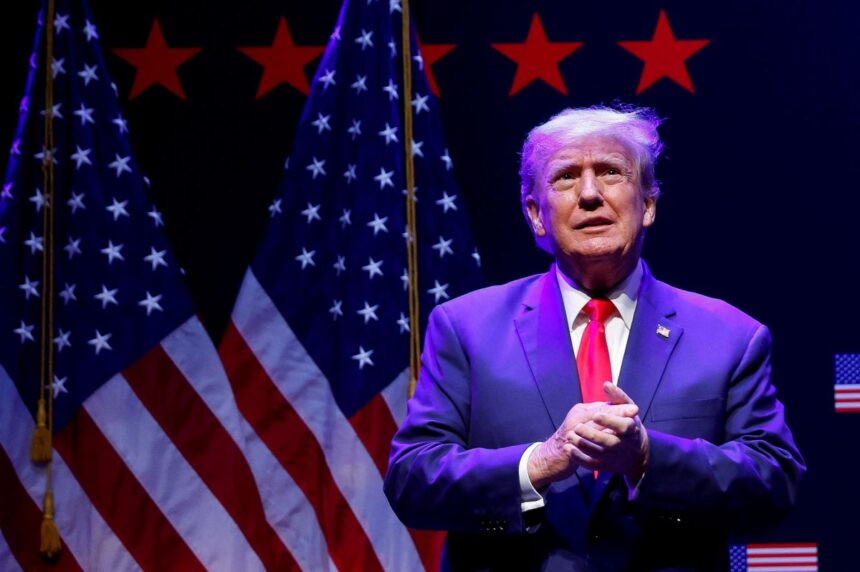
- Trump’s crypto executive order could disrupt Bitcoin’s 4-year cycle, potentially extending the bull market into 2026.
- Institutional inflows and Trump’s EO may propel Bitcoin to over $200,000 in 2025, with a gradual, long-term market shift.
In a recent memo, Matt Hougan, Chief Investment Officer of Bitwise, outlined how a shift in U.S. crypto policy under former President Donald Trump could affect the Bitcoin (BTC) market. According to Hougan, this shift could challenge Bitcoin’s historically predictable four-year cycle, possibly extending the current bull market into 2026.
Bitwise’s CIO highlighted that the anticipated changes in Washington DC and Trump’s executive order (EO) on crypto could redefine how institutional investors engage with the digital asset market. With growing speculation surrounding Trump’s potential influence on the crypto sector, the market may soon witness a new trend that diverges from traditional patterns.
Historically, Bitcoin has followed a four-year cycle of three years marked by price increases, followed by a year of significant declines. The crypto community has widely accepted this cycle, with some comparing it to Bitcoin’s halving events. However, Hougan disputes this theory, suggesting that the cycle is less about the halvings and more driven by broader market psychology and key industry events.
Bitcoin’s growth has often been spurred by major launches, regulatory shifts, and investor behavior, with halvings coinciding with these trends. While Bitcoin’s halving events in 2016, 2020, and 2024 have aligned with market highs, Hougan argues that the true cause of Bitcoin’s price cycles lies beyond these events.
A Potential Market Breakout: 2025 and Beyond
Bitwise predicts a price growth in Bitcoin in 2025, with BTC more than doubling its current value to above $200,000. According to Hougan, the primary drivers of this growth are institutional inflows into Bitcoin ETFs and increasing BTC purchases by corporations and governments.
Hougan believes that Trump’s EO will help propel Bitcoin into the mainstream by framing the U.S. crypto market as a national priority. The EO includes provisions for a “national crypto stockpile” and aims to create a favorable regulatory environment for institutional investors and Wall Street banks to enter the crypto space.
Trump’s EO shows the beginning of a broader acceptance of crypto into traditional financial systems. However, Hougan considers this move “overwhelmingly bullish,” as it opens the door for larger financial institutions to hold and trade crypto assets.
The gradual rollout of this policy will allow major banks and Wall Street firms to start participating in the market under clearer regulatory frameworks, ultimately bringing in trillions of dollars in new capital.
However, Hougan notes that the full impact of these changes will take time to materialize. Key regulatory figures, such as the newly appointed crypto czar David Sacks, will need to develop a comprehensive framework, which could take years to implement fully.
The Future of Bitcoin’s 4-Year Cycle
While the crypto market is entering a new institutionalization phase, Hougan still believes that Bitcoin’s four-year cycle will persist. However, with growing market maturity, the pullbacks associated with this cycle could be less severe and shorter in duration than in previous years.
Despite the ongoing volatility, Hougan expects the crypto industry’s changing nature to help reduce the effects of future market downturns, signaling a shift in how traditional cycles may play out in the coming years.






